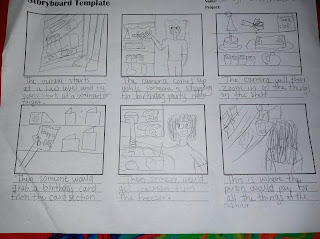Genre research blog - drama
Some common camera angles are :
• Eye Level Shot
• Low Angle Shot.
• High Angle Shot.
• Hip Level Shot.
• Knee Level Shot.
• Ground Level Shot.
• Shoulder-Level Shot.
Costumes
• It really depend on the settings and where it may take place.
• Ex. school(uniform, cheerleading uniform, nerdy look)
Props
• They include staffs, food, weapons, lanterns and candles, canes, staffs, parasols, and practically anything else an actor could or might pick up. Personal props are props worn or carried by a particular actor and issued to him rather than stored on the prop table. Set props include most obviously furniture.
Lighting
• Cinematic lighting is a film lighting technique that goes beyond the standard three-point lighting setup to add drama, depth, and atmosphere to the story.
Makeup
• cream-based makeup and cake makeup
• straight makeup, sometimes called "street," which enhances an actor's features using cosmetics and corrective makeup
Acting
• method acting
• the Meisner technique
• the Brechtian method
• practical aesthetics
Settings may vary...
Editing
•
• Continuity Editing. This editing technique creates an ongoing stream of action.
• Continuity Error.
• Cross-Cutting.
• Cuts Cutaway
Sounds
• sound can be created via exaggerated breathing or sighing
• sound can be created via a performer interacting with objects or props
• sound can be created by using the voice to create a myriad of sounds
• sound can be created by using the body
Film examples of Drama
• A Star Is Born
• The Hate U Give
• The Greatest Showman
What I like about this genre is that is very interesting and keeps you on your toes based on the movies. And I love the anticipation.
What I don’t like about this genre is that they have cliffhangers and most of the movies . I am not a big fan of Sequels


Comments
Post a Comment